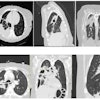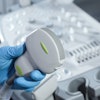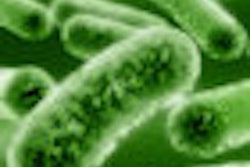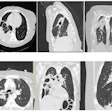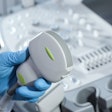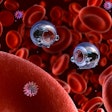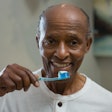Acrylic dentures can make patients more susceptible to Candida albicans infections and stomatitis, according to a new study in Molecular Oral Microbiology (December 2010, Vol. 25:6, pp. 384-390).
Researchers from the University of California, Los Angeles dental school grew C. albicans, Streptococcus mutans, saliva-derived, and C. albicans/saliva-derived mixed biofilms on different dental materials, including acrylic denture, porcelain, hydroxyapatite (HA), and polystyrene. The resulting biomass was analyzed using 3D image quantification and assessment of colony-forming units.
Biofilms formed on hydroxyapatite exhibited the most striking differences in biomass accumulation compared to the other surfaces; those comprising salivary bacteria accrued the highest total biomass, while C. albicans biofilm formation was greatly reduced, the researchers noted.
"These results substantiate clinical findings that acrylic dentures can comprise a reservoir for C. albicans, which renders patients more susceptible to C. albicans infections and stomatitis," they wrote.
Additionally, treatment efficacy of the same type of biofilms varied significantly depending on the surface. Although single-species biofilms formed on polystyrene surfaces exhibited the highest susceptibility to the treatment, the most surviving cells were recovered from hydroxyapatie surfaces for all types of biofilms tested, the researchers noted.
"This study demonstrates that the nature of a surface influences biofilm characteristics, including biomass accumulation and susceptibility to antimicrobial treatments," they concluded. "Such treatments should therefore be evaluated on the surfaces colonized by the target pathogen(s)."
Copyright © 2010 DrBicuspid.com
